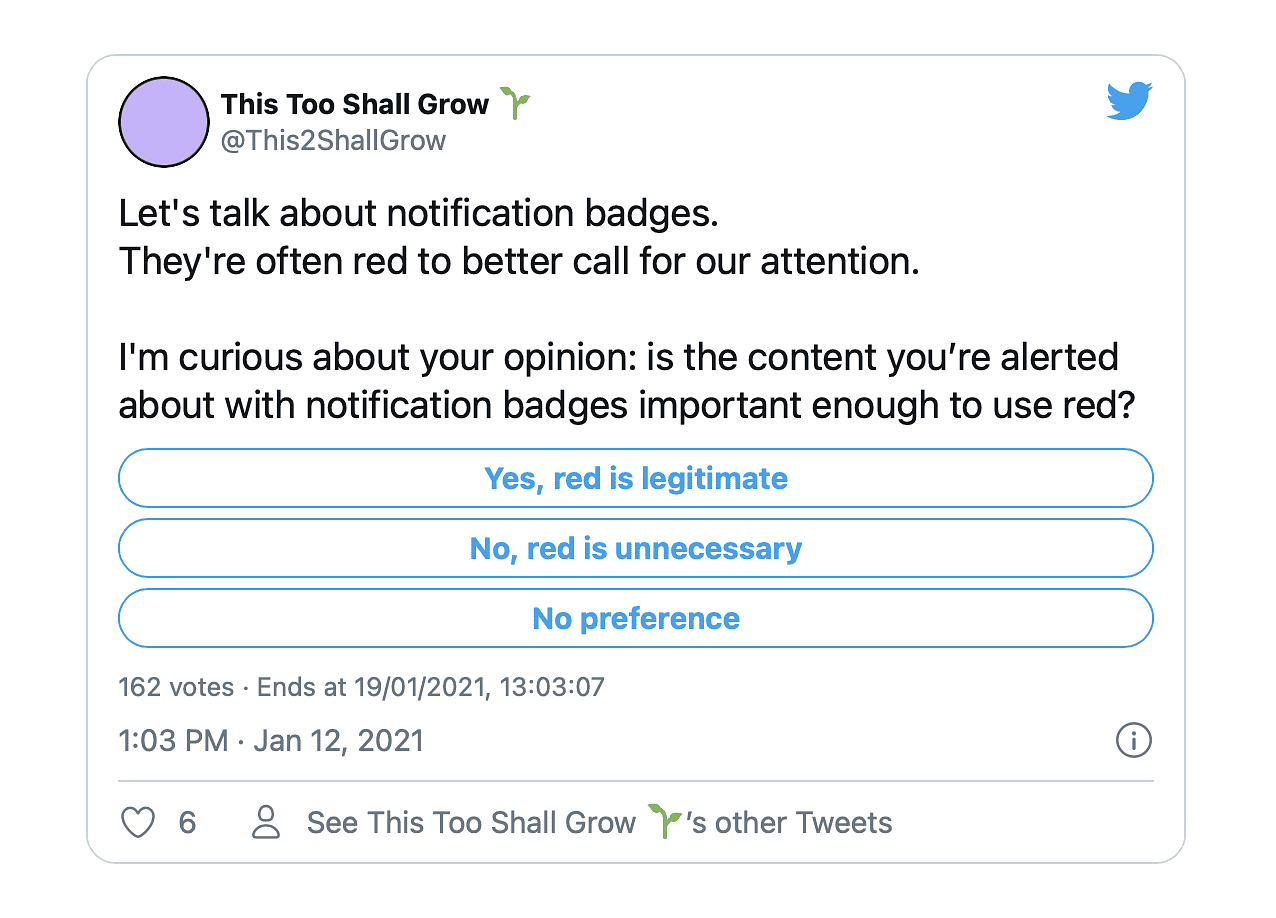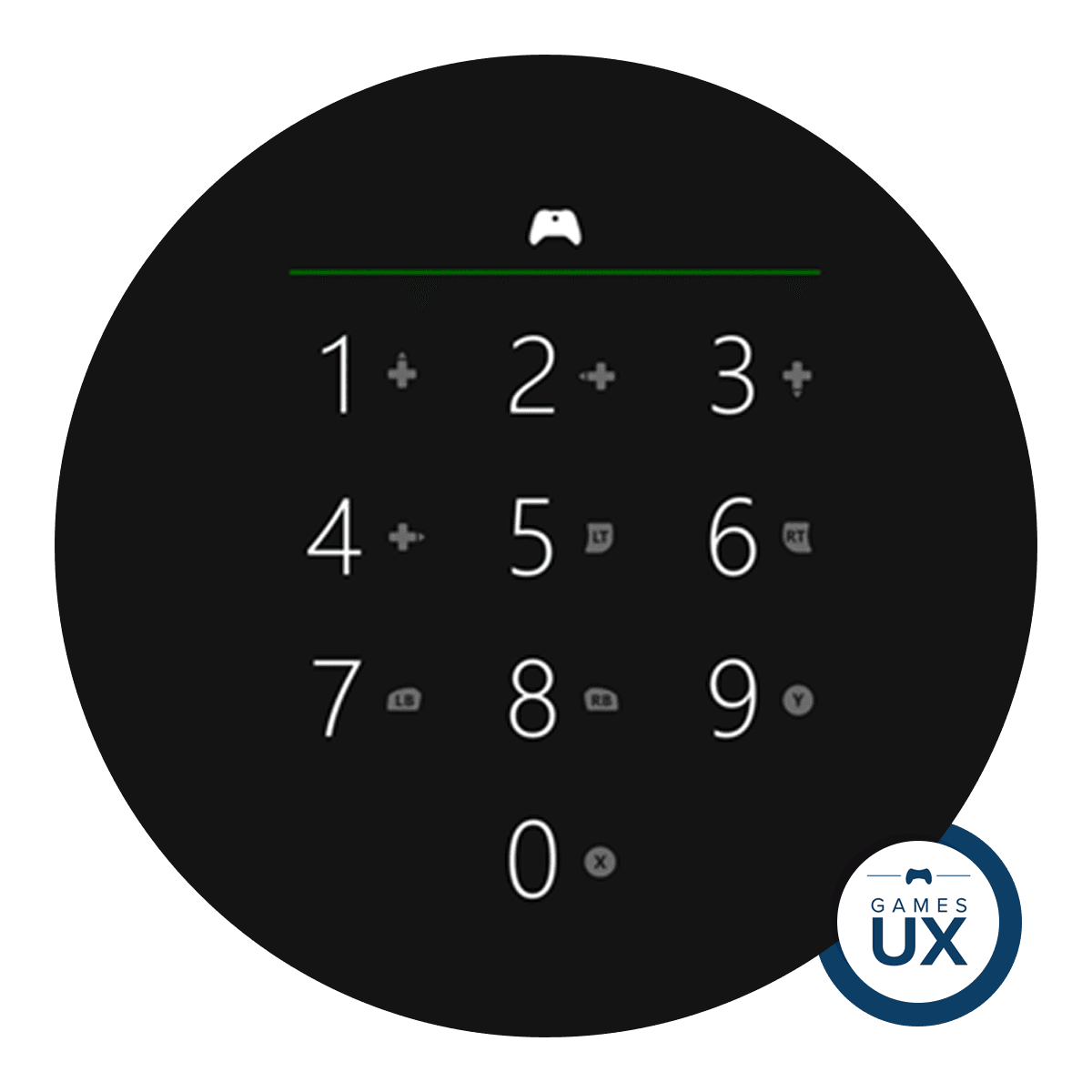One or two decades ago, the UX Designer profession was not booming as it now is. I started to design my first UI, in 2008. It was a website of a pipe company, named Wavin. I’ve worked in advertising as a Junior Art Director which also handled some other types of graphic design projects such as brochures, and print ads, and helped the FA Artist (Final Artwork Artist) to finish the billboard in Photoshop. I haven’t heard anything yet about UX at that time, nor did other people around my office. Since that, I’m interested to continue my design career journey on the internet or digital works in my local hometown, a small design agency focusing on websites and logo projects. They said people started to look and need website design ‘now’, and that was in 2011. The blackberry phone was still popular at that time.
Why a decade or two ago UX Design was not as popular as it is nowadays?
Because there were no smartphones yet and that means no mobile apps like today. iPhone has been released for the first time in 2007. After that era, UX Design started to appear in very high demand since there are smartphone and mobile apps and thus, there is also competition among digital product companies or what we know as digital startups. There were no startups yet when I started my career journey, so only advertising, and design studios at that time. Moreover in my hometown.
The higher the competition in the digital industry now, the higher demand for UX works, the higher need on business needs, the higher demand the users need to win the competition, and of course the higher need for beautiful products, so not only works well to win in the digital world.
The high demand for beautiful UI and UX that works well (with the growth metrics on the products) are mostly around the startups’ environment so far, both small sizes, and big tech. We can say the types of industry are mostly e-commerce, agile task management app, fintech, music app, dating apps, to-do lists, productivity apps, and any other apps, especially lifestyle and productivity where those products turn real-world lifestyles into the digital world. For example, a camera that uses daily is now turned into Instagram.

Letter
Not all types of industries show the ‘glamorous’ of UX
However, what about the sector of governments, formal education, laws, healthcare non lifestyle (means excluded meditation, sleep, fitness, and doctor consultation apps). Although in certain parts of regions and countries, these fields area also started aware of the importance of digitalism and thus, automatically they started to think about UX needs as well, by hiring tech professionals into their institutions. Most of them even hire ex startups employees, including from big tech. Again, -at least this is my opinion- that this is just the beginning. So, there are still many other of these fields or similar fields that have not fully applied the ‘real’ UX (and tech) into their games.
I’ve read some articles from Chris Kiess, a healthcare UX Designer on one of his articles he mentioned that healthcare is one of ‘The Other UX Design’ (you should read the whole article to know how complex the healthcare industry it is), he wrote:
Healthcare UX designers are not exactly a flourishing species in comparison to other industries. This is partly due to the nature of the industry. Healthcare is at least a decade behind in the use of information technology. This is according to a report from the Nuffield Trust
Understand first, what and how about ‘The other UX Design’ industries
Please note, although there might be a similar situation, this is different from the case of the UX team of one in any early-stage startup or as Founding Designer (wait, does this mean, there are also Founding developers and Founding PM? 🧐). This is not always about working as a designer in a small or early-stage startup, even if it is so, the case is more about the complexity of the field area and system.
Before we know what to do and how to face it, we need to understand first why and how we work here (the other UX Design fields). If we work in a small or early-stage startup, it is actually the products really in need of the UX while they have many limitations, to do the ‘ideal’ UX. While I know the ‘ideal’ things to do in UX can be biased and unclear since UX is not linear and not always applicable with the same methods in all products, what I meant is startups actually need help from UX Designer and what the designers need to get the UX right is ideally commonly, of course by rising the design maturity level, not to mention about how much the budget of it.
But if we work on ‘The other UX Design’ field, which doesn’t always happen in only small or early-stage startups, it can also happen in bigger organizations while the system of the product is complex and while they had no competitors, no high business needs, and we don’t need to think about how to make investor’s money back. Instead, we are here (if you do so too), literally because we help them to run the system, to make the product exist and work where in some cases and situations they also need our expertise to solve the usability problems no matter what and how. Because the users are human, so the system cannot avoid the ‘UX’ at all regardless of how much it is. On the other hand (ironically) these are usually happening in crucial sectors that have a huge impact on humanity/citizens.
Imagine you were a doctor that should help a patient in a remote area, a village with a very minimum medical facility so need to cut so many procedures, but that doesn’t mean you are a less doctor.
Currently, I work in a healthcare company, the R&D (Research & Development) for healthcare research study. One example of the work is about creating apps for the psychology research study at one of the universities in the UK, including for NHS workers’ well-being during this pandemic of Covid-19. This is very important work. But how we handle the product is more likely different from when I was working at a big tech for the consumer-facing products. The team here, though works very closely, partnering with the psychologist and medical staff. So this is not about making products and offering the product to them, no, it is not so far. We are partnering very closely with them, the expert in their field (healthcare), and the main point of this type of project is on the system and the research study itself.
The UX on it is unlike UX in a startup nowadays (note: I don’t blame the consumer products here, this is also should be the positive thing in startup area where design is really getting the seat at the table) where the purpose of most startups are more to sell and give the money back to the VC’s thus it need also easy to use and beautiful to win the product competition.
I also have experience working in big IT consultant organizations, but it is also different from modern big tech. The company itself has been established almost 30 years ago. It consists of 400-500 IT employees, mostly developers and the designers are only 3-4 people. We work both worked on graphics and UI/UX, although I applied and got the test design assessment in UX stuff. They have healthcare products for the hospital. It is a big project of course but the UI was awful. It seems like they don’t update it since they were born. Ironically the test I got was about redesigning the flow of that app in a few interactions. Maybe they have a plan for it, though but not the priority, or I can say will never happen. At that time as a UX Designer, I was thinking it was so weird and so bad. But now I understand, it doesn’t as simple as it is. It seems they don’t have any strong competitors on its products as well. See Wikipedia design for example.
What do we do when we work with these types of organizations?
Make sure have enough experience (but not strictly)
I don’t really like to say this but this is true. And yes, it is similar to the facts and tips out there for small or early-stage startups (despite the salary budget for more experienced designers). Because there are many limitations that need to be solved, not just to solve the design area itself, but also how to make the right design (and outside design) decision within many limitations. Moreover in healthcare. However, it doesn’t mean this is strictly a must-have. Depend on the company, though. But if we don’t have enough experience (let's say less than 2 years), this is also a very good and valuable chance as UXer. Not on the UX theory side, but in real limitation works to grow our minds and attitude as UX professionals. I won’t explain more about this.
2. Know the industry
Before we learn about the product, we need to learn about the industry and the field. Not just about the user, the user, the user. User includes, though but not the only one thing to think about and not the only one thing to determine everything. Although, not always easy since the system is usually complex and in many cases, there is more bureaucracy. We can also ask stakeholders, the expert and -don’t underestimate this part-, googling about what and how the system is when possible, know about the type of product, the research results, and specifically about the role and the function of the product itself in the whole bunch of systems. Usually, the product in this field area is just a few parts in a whole big system but has really huge impact. Just like my work, the assessment test of the psychological and tracking tool of the therapy session data is the only small part of the whole big system while the impact is really huge. It’s different when we work for e-commerce or fitness apps, no matter which part feature that we are working on within our team, it is already the big and main part of the whole product, because we solve the product problems for the business and users, -in most cases- not to fix the system, not for research.
3. Just do the right thing and do what we need to do
We are here as a very small part but to solve the crucial part. Unlike, work with consumer-facing where it is like nurturing and focusing on our skin and face, teeth also hair, instead, working on ‘The other of UX Design’ is like we fix a blood injury or someone who got choked. Just do the right things. But when we have a chance to give a fancy (but right) solution when it is possible, don’t wait for it until later.
Less ego is a must in this type of work. Think about the team, tools, limitations and the urgent needs of users out there. It’s about a trade-off. That’s why designers with more experience (ideally) are recommended to work in this area. There is a distinction between when we work on consumer-facing products and when we work on non-startups, where it might be rare for us to have support to learn the UX in workshops and to learn from the workshops on how as designers can have an impact to increase sales and retention from the organization’s type like this. Because the product doesn’t need it. Skincare and orthodontist have a clear business to sell more with promotion, but not really happened with injury treatment or E.R. Both are real and taken care of by the doctors.
4. Know the priority when using beautiful UI besides usability
While a beautiful -and useful- product is good to sell and recommended to compete with strong and many competitors, it doesn’t mean impossible or forbidden for ‘the other UX design’ product to do this, though. Everything depends on the case. It’s all about the priority and situation of the whole system. NHS Digital is -for me- the perfect example of this. Similar to the UK Government UI library. Don’t get me wrong, I’m not the type of UX fanatic that underestimates UI or visuals, nor UI maniac who underestimates UX which is not cool if this type of person does exist in the design community. At least I’m writing this after I did some illustrations and icons back then and I was enjoying it. So, it is about knowing how and when we put ourselves.
Keep in mind, that unpleasant UI (let's say the UI has not been changed for 1-2 decades) is possible to happen in some cases in which the designer cannot just as simply propose a completely new UI. It is not that simple. It is not an e-commerce redesign. Think about the user within the whole system. Unless the problem is more on our own team (such as ego and skills), then we can try our best to talk to the one that has influence or position in our workplace, not because of office politics or to bring others down but for better results. If we are on the right side and have experienced, it will –hopefully, be easier to get the trust and after that, we will have a chance to show our expertise, and propose the solution. Keep in mind, not only to propose design solutions, but it can also solve our team workflow, how we work, and anything besides design. Unless there is DesignOps, but usually no one is in here.
5. Adapt your UX theory knowledge, not fully apply it
There are some articles that also say this. But compare with startups and modern big tech, which try to learn and try to apply the methods to reach the metric goals as long as they have budget and time, instead, these areas of ‘the Other UX Design’ are more likely only need what they need in the present time (feel free to give other comments if you have other opinion or point of view on this). I found an interview with a healthcare designer, Tony Threatt about his struggle to apply Human-Centered Design.
Remember the Theranos case founded by Elizabeth Holmes? it wouldn’t work to apply trial and error on healthcare just for the sake of business. This is taken from the BBC:
At 18, she already displayed an intransigence that would apparently continue and drive the company she would found the following year.
Phyllis Gardner, an expert in clinical pharmacology at Stanford, recalled discussing Ms Holmes’s skin patch idea and telling her it “wouldn’t work”.
“She just stared through me,” Dr Gardner told the BBC.
“And she just seemed absolutely confident of her own brilliance. She wasn’t interested in my expertise and it was upsetting.”
Bear in mind, usually, these fields are crucial parts as the main part of human life (such as healthcare, formal education, laws, governance, etc) which just like we are breathing rather than just enjoying coffee. It’s always running and almost no fancy plan or no need to look great when just to ‘breathe’. Just try to get things done.
However, it doesn’t mean we don’t need to look an ideal way. The ideal UX methods are still possible to be applied in healthcare, though but not something to apply in all parts of products, not always because of limited budget like in a small startup, but also because that’s not their priority and not the main needs. As far as I know, a big tech gives us the facility to afford the UX workshops because they need to increase the metrics goals. Yes, for user needs as well, but the business side is very strong. We often heard that the definition of a Product Designer also knows the business besides the users, while the Product Designer in ‘the other UX design‘ area is more likely to know about the system and its limitations. No money-oriented, no many or strong competitors, no VCs in most cases. and to be honest, this is still a challenge for me.






